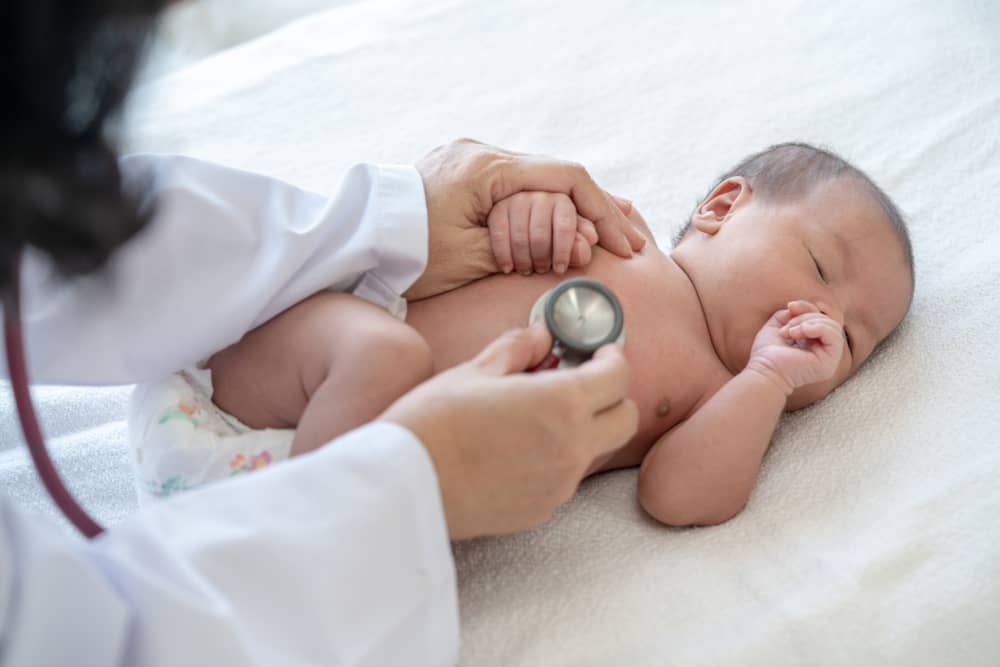Diagnosis of Hirschsprung Disease
How do doctors diagnose Hirschsprung disease?
Doctors diagnose Hirschsprung disease by taking a medical and family history, doing a physical exam, and ordering tests.
Although Hirschsprung disease develops before birth, doctors cannot diagnose the disease until after an infant is born. About half the people with Hirschsprung disease are diagnosed in their first year of life.9,10 About 80% of people with Hirschsprung disease are diagnosed by age 7, and more than 90% are diagnosed by age 13.9,10
If your child’s doctor suspects your child might have Hirschsprung disease, he or she may refer your child to a pediatric gastroenterologist—a doctor who specializes in digestive diseases in children—or a pediatric surgeon.
Medical and family history
To diagnose Hirschsprung disease, a doctor will start by asking about your child’s medical and family history. The doctor will also ask about your child’s symptoms and when the symptoms began.
Physical exam
During a physical exam, a doctor typically
- reviews your child’s height and weight
- examines your child’s abdomen—or belly—for swelling
- performs a digital rectal exam—having no stool in the rectum or having explosive stool after a rectal exam may be signs of Hirschsprung disease
 During a physical exam, a doctor typically examines your child’s abdomen for swelling.
During a physical exam, a doctor typically examines your child’s abdomen for swelling.
What tests do doctors use to diagnose Hirschsprung disease?
Doctors use a combination of imaging tests, anorectal manometry, and rectal biopsies to diagnose Hirschsprung disease.
Imaging tests
To check for signs of Hirschsprung disease, doctors may use imaging tests such as lower GI series, or contrast enema, which uses x-rays and barium or water-soluble contrast medium to view the large intestine.
Anorectal manometry
Anorectal manometry is a test that checks how well your child’s rectum is working. During the procedure, the doctor inflates a small balloon inside your child’s rectum. Normally, the muscles in the rectum will relax. If the muscles don’t relax, the doctor may suspect your child has Hirschsprung disease.
Rectal biopsy
Doctors typically use rectal biopsies to confirm or rule out a diagnosis of Hirschsprung disease. During a rectal biopsy procedure, a doctor will take small pieces of tissue from the rectum. A pathologist will examine the tissue under a microscope to look for signs of Hirschsprung disease.
Two types of rectal biopsy are
- rectal suction biopsy, in which a doctor inserts a small instrument into a child’s anus to take small pieces of tissue from the lining of the rectum
- full thickness rectal biopsy, in which a doctor performs surgery to remove a thicker piece of tissue from the rectum
References
This content is provided as a service of the National Institute of Diabetes and Digestive and Kidney Diseases
(NIDDK), part of the National Institutes of Health. NIDDK translates and disseminates research findings to increase knowledge and understanding about health and disease among patients, health professionals, and the public. Content produced by NIDDK is carefully reviewed by NIDDK scientists and other experts.

